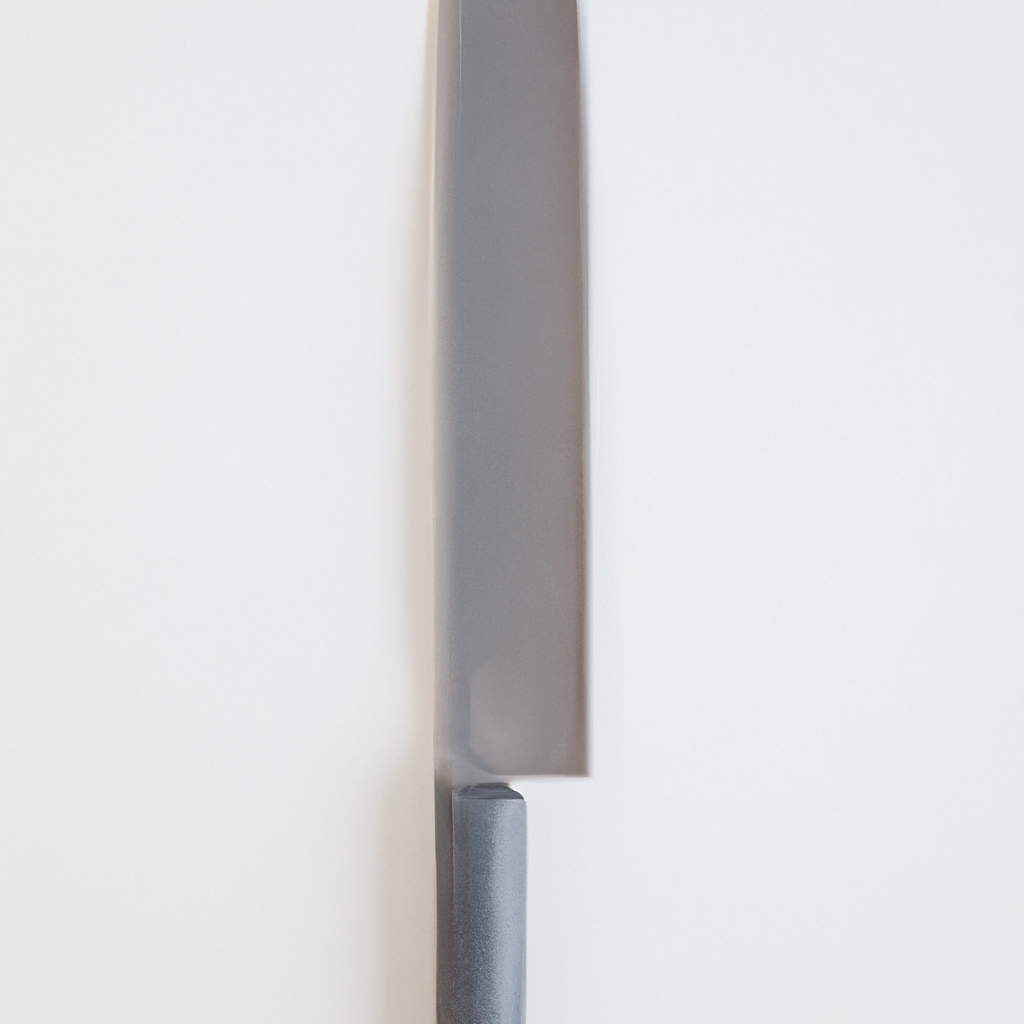The Ultimate Guide to Choosing the Perfect Knife for Sushi
Introduction
nWelcome to the ultimate guide on choosing the perfect knife for sushi. Sushi has become a favorite dish for many food lovers, thanks to its delicate flavors and artistic presentation. To create beautiful and delicious sushi rolls or nigiri, having the right knife is crucial. In this article, we will explore the different types of knives suitable for sushi making, their features, and how to choose the best knife for your needs.
nThe Importance of a Good Sushi Knife
nWhen it comes to preparing sushi, precision and technique are of utmost importance. A high-quality sushi knife is designed to provide exceptional sharpness, balance, and control, allowing you to slice through fish with ease and precision. Unlike a regular kitchen knife, a sushi knife has a unique design and is specifically crafted for slicing raw fish and creating thin, precise cuts.
nTypes of Sushi Knives
nThere are several types of knives used in sushi making, each with its own purpose and features. Let's take a closer look at the most common types:
n1. Yanagiba Knife
nThe Yanagiba knife, also known as the sashimi knife, is the most popular knife used in sushi making. It has a long, thin blade that is perfect for slicing raw fish and creating precise cuts. The single bevel edge allows for clean and smooth cuts, making it ideal for delicate and intricate sushi preparations.
n2. Deba Knife
nThe Deba knife is a heavy-duty knife used for tasks like filleting fish and cutting through bone. It has a thick, sturdy blade with a convex grind, which provides strength and durability. While not commonly used for slicing fish, the Deba knife is essential for preparing whole fish or larger ingredients used in sushi making.
n3. Usuba Knife
nThe Usuba knife is a traditional Japanese vegetable knife that is also used in sushi making. It has a thin, rectangular blade with a slightly concave edge, allowing for precise cuts and chopping vegetables with ease. While not primarily used for slicing fish, the Usuba knife is an important tool for preparing ingredients like cucumbers, carrots, and avocado used in sushi rolls.
nChoosing the Right Knife for Sushi
nWhen selecting a knife for sushi making, there are a few key factors to consider:
n1. Blade Material
nThe blade material plays a significant role in the knife's performance and durability. High-carbon stainless steel blades are commonly preferred for sushi knives as they offer excellent sharpness and resistance to staining or discoloration. Look for a knife with a full tang, which means the blade extends through the handle, providing stability and balance.
n2. Blade Length
nThe blade length is an important consideration depending on the type of sushi you plan to make. For delicate cuts and precise slices, a longer blade (around 9-12 inches) like the Yanagiba knife is recommended. If you are preparing smaller rolls or nigiri, a slightly shorter blade (around 6-8 inches) would suffice.
n3. Handle Design
nThe handle design is a matter of personal preference. Traditional Japanese sushi knives usually have a D-shaped handle made from wood, which offers a comfortable grip and control. Western-style sushi knives may have a round or ergonomic handle made from materials like stainless steel or synthetic materials. Choose a handle that feels comfortable in your hand and allows for easy maneuverability.
nMaintaining and Caring for Your Sushi Knife
nTo ensure the longevity and performance of your sushi knife, proper care and maintenance are essential. Here are some tips to keep your knife in top condition:
n1. Hand Washing
nAlways hand wash your sushi knife with warm, soapy water immediately after use. Avoid putting it in the dishwasher as the high heat and chemicals can damage the blade and handle.
n2. Drying and Storing
nThoroughly dry the knife with a soft cloth before storing it. Moisture can lead to corrosion and dullness, so it's important to keep the knife dry. Store your sushi knife in a knife block or sheath to protect the blade and prevent accidents.
n3. Honing and Sharpening
nRegularly hone your sushi knife with a honing rod to maintain its sharpness. For sharpening, it is recommended to seek professional assistance or use a whetstone specifically designed for Japanese knives. Proper sharpening will help retain the knife's precision and edge.
nConclusion
nChoosing the right knife for sushi making is crucial for achieving perfect slices of fish and mastering the art of sushi. Whether you prefer the elegance of the Yanagiba knife or the versatility of the Usuba knife, investing in a high-quality sushi knife will elevate your sushi-making skills to new heights. Remember to care for and maintain your knife properly to ensure its longevity and performance. Happy sushi making!
nMake purchase here livananatural.com.
nPublished_at: 2022-08-22
 Oct05.chat.1pass.nature and food lovers.knife for sushi
Oct05.chat.1pass.nature and food lovers.knife for sushi

